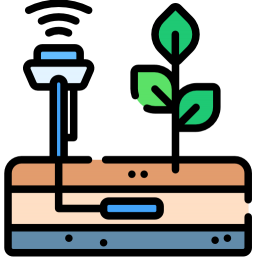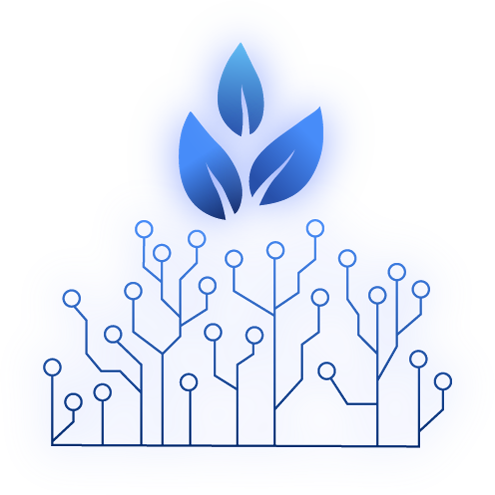Smart Agriculture / Irrigation / Farming
- Home
- Smart Agriculture / Irrigation / Farming
IoT-based Smart Irrigation
Smart Irrigation System using IoT is trending. Irrigation sector has been facing many challenges over the past decades. Especially for those farm workers who have no idea when the power will be available so that they can pump water. They even have to wait until the field irrigation is finished. This definitely prevents them from doing other activities. Nowadays, a standard irrigation system is thought as a “brain” of an automated irrigation system or IoT in Agriculture system. Thanks to Internet of Things technologies, a smart solution for assisting farmers in the management of irrigation system is now available. It is not only making water used more efficiently, but also saves time and shrinks labor costs.
What You Can Do!

Remote Equipment Monitoring

Remote Crop Monitoring

Climate Monitoring and Forecasting

Predictive Analysis for Crops
IoT Solutions for Smart Farming
With Livwize IoT system deployed, the automated irrigation solution designed for can offer convenience and protect your landscape investment. It can optimize water levels based on things such as soil moisture and weather predictions. This is done with moisture sensors that communicate with the IoT Device and help inform the system whether the landscape is in need of water. It is also able to keep your lawn and landscape beautiful and healthy, while minimizing water waste. At the same time, long range wide area network can be built in farmland, and the data of temperature and humidity, carbon dioxide and salinity of farmland or greenhouse regularly uploaded by sensors can be collected by Livwize System and transmitted to data monitoring platform. Agricultural personnel can obtain environmental information in time and analyze it. Improving the agricultural planting environment and reducing power consumption and cost play an important role in increasing agricultural production and reducing water consumption.

IoT-based Smart Agriculture System in India
With Livwize IoT based Smart Irrigation System deployed, the automated irrigation solution designed for can offer convenience and protect your landscape investment. It can optimize water levels based on things such as soil moisture and weather predictions. This is done with moisture sensors that communicate with the gateways and help inform the system whether the landscape is in need of water.




